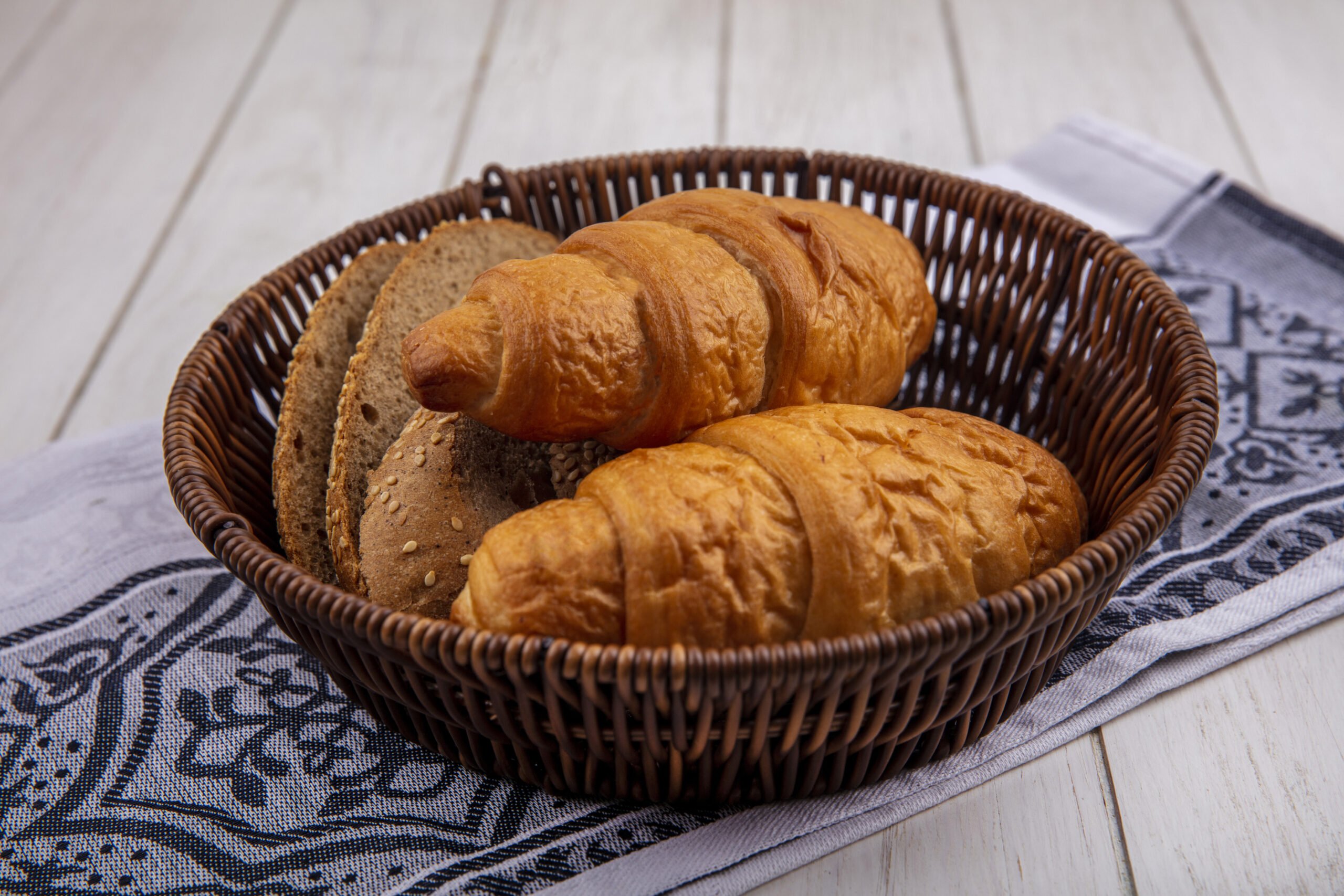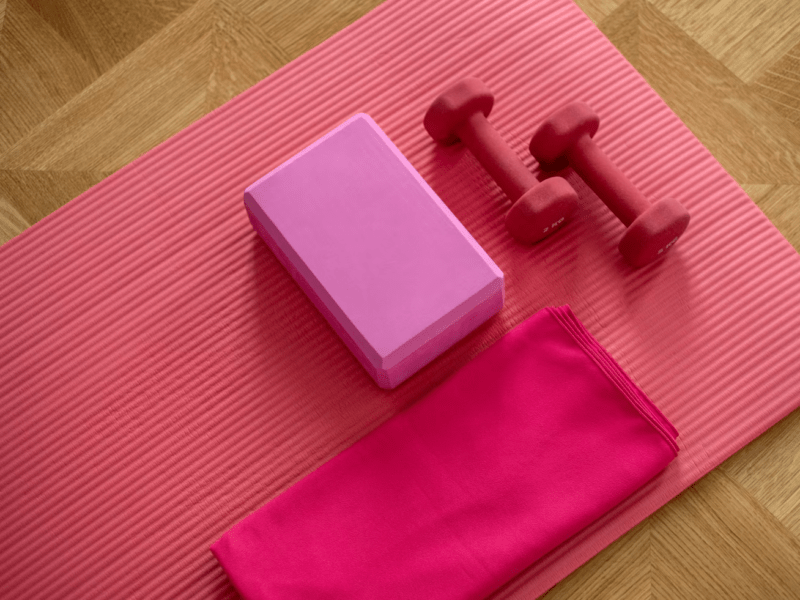From its simple beginnings to its yummy texture and flavor, potato bread has won over people’s hearts and taste buds. Come along as we learn more about potato bread, where every slice is a tale of creativity and deliciousness!
Is Potato Bread Healthy?
Despite this, potato bread’s extra fiber helps your tummy work well and keeps you feeling full, which can help with weight control and keep your heart healthy. The folate in potato bread helps your body make new cells and keeps your DNA healthy. Vitamin E in potato bread acts like a bodyguard for your cells, keeping them safe and supporting your immune system.
To enjoy potato bread in a balanced way, try using it instead of white bread in sandwiches or with toppings like chicken or ham. Whether you’re having it for breakfast or making tasty snacks like garlic toast or croutons, potato bread adds a delicious and nutritious touch to your meals when enjoyed sensibly.
Potato Bread vs. Plain Bread: Comparing Nutrition and Health Benefits
The healthiness of potato bread, like any bread, depends on what’s in it and how it’s made. Some store-bought potato breads still have refined flours, added sugars, unhealthy fats, and preservatives. It’s important to check the ingredients and choose brands or make it at home with whole, less processed ingredients.

Easy Homemade Potato Bread Recipe
Ingredients:
- 1 large russet potato (about 12 ounces)
- 2 cups (475ml) milk
- 2 teaspoons salt
- 1 teaspoon sugar
- 2 tablespoons extra virgin olive oil
- 1 packet (2 1/4 teaspoons) instant yeast
- 5 cups (680g) all-purpose flour, plus extra for flouring the counter
Method:
- Cook and Mash the Potato: Microwave or boil the potato until soft, then mash it with a fork.
- Heat and Mix: Heat the milk with salt and sugar, then whisk in the mashed potato and olive oil. Let it cool until warm but not too hot. Stir in the yeast and 2 cups of flour, then mix for 4 minutes.
- Knead: Switch to a dough hook attachment and gradually add the remaining flour. Knead for 8 minutes until the dough is tacky but not sticky.
- Let it Rise: Place the dough in a greased bowl, cover, and let it rise in a warm spot for 2 hours or in the refrigerator overnight.
- Shape and Rise Again: Divide the dough, shape it into loaves, and place them in greased loaf pans. Let them rise again until doubled in size.
- Preheat and Bake: Preheat the oven to 350°F (175°C). Bake the loaves for 40 to 45 minutes until golden brown and the internal temperature reaches 190° to 200°F.
- Cool and Enjoy: Remove the loaves from the pans and let them cool completely before slicing. Then, indulge in the warm, freshly baked potato bread!
With this straightforward recipe, you’ll have homemade potato bread that’s perfect for sandwiches, toast, or simply enjoying on its own.
Popular Dishes Made with Potato Bread:
- Grilled Cheese Sandwich: The soft texture and rich flavor of potato bread make it perfect for creating a classic grilled cheese sandwich, often served with melted cheese.
- Bread Rolls: Soft and fluffy bread rolls made from potato bread are great for snacking or serving alongside meals.
- French Toast: Potato bread slices soaked in a mixture of milk and eggs are used to make French toast, a popular breakfast dish often served with maple syrup or fruits.
- Bread Pudding: Potato bread is often used to make bread pudding, where the bread is baked with milk, eggs, sugar, and spices.
- Stuffing: Potato bread is also used to make stuffing for dishes like turkey or chicken, adding richness and flavor to the dish.
FAQs About Potato Bread
Is potato bread healthy for health?
Yes, Potato bread can be a good choice, with added potassium and fiber compared to regular white bread.
Is potato bread healthy for health?
Yes, Potato bread can be a good choice, with added potassium and fiber compared to regular white bread.
Why is potato bread different?
Potato bread differs due to the addition of potatoes, which contribute to a softer texture and enhanced moisture in the dough.
How is potato bread different from regular bread?
Potato bread is distinct because it includes mashed potatoes, giving it a softer texture, richer taste, and possibly more nutrients.
Can potato bread be included in a weight loss diet?
Yes, in moderation. Pairing it with balanced meals can make it a part of a weight loss plan.
Why is potato bread different?
Potato bread differs due to the addition of potatoes, which contribute to a softer texture and enhanced moisture in the dough.
How is potato bread different from regular bread?
Potato bread is distinct because it includes mashed potatoes, giving it a softer texture, richer taste, and possibly more nutrients.
Can potato bread be included in a weight loss diet?
Yes, in moderation. Pairing it with balanced meals can make it a part of a weight loss plan.





